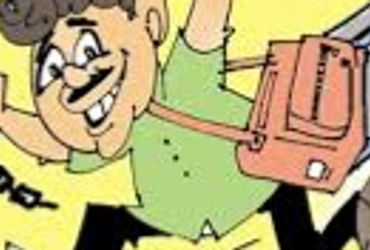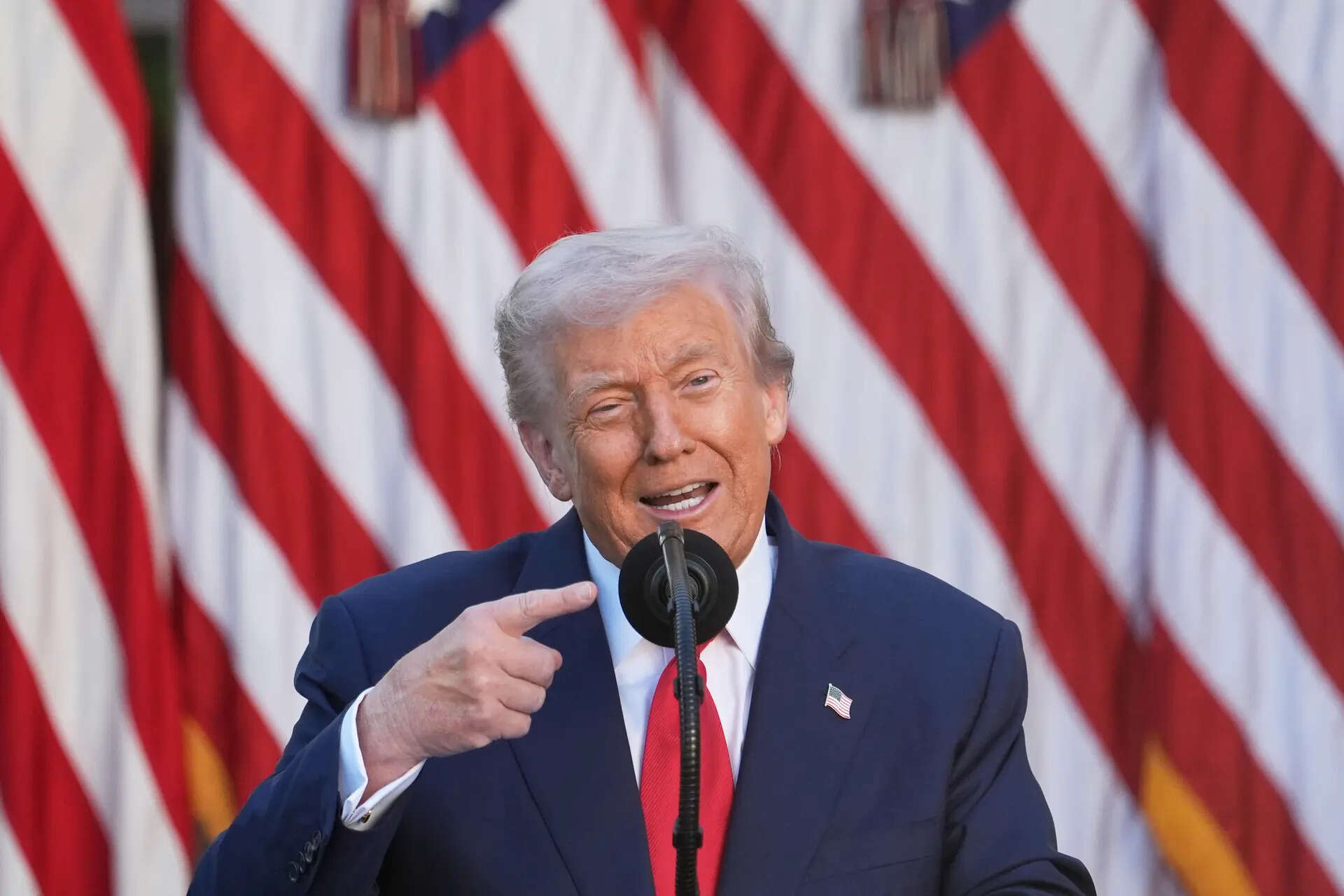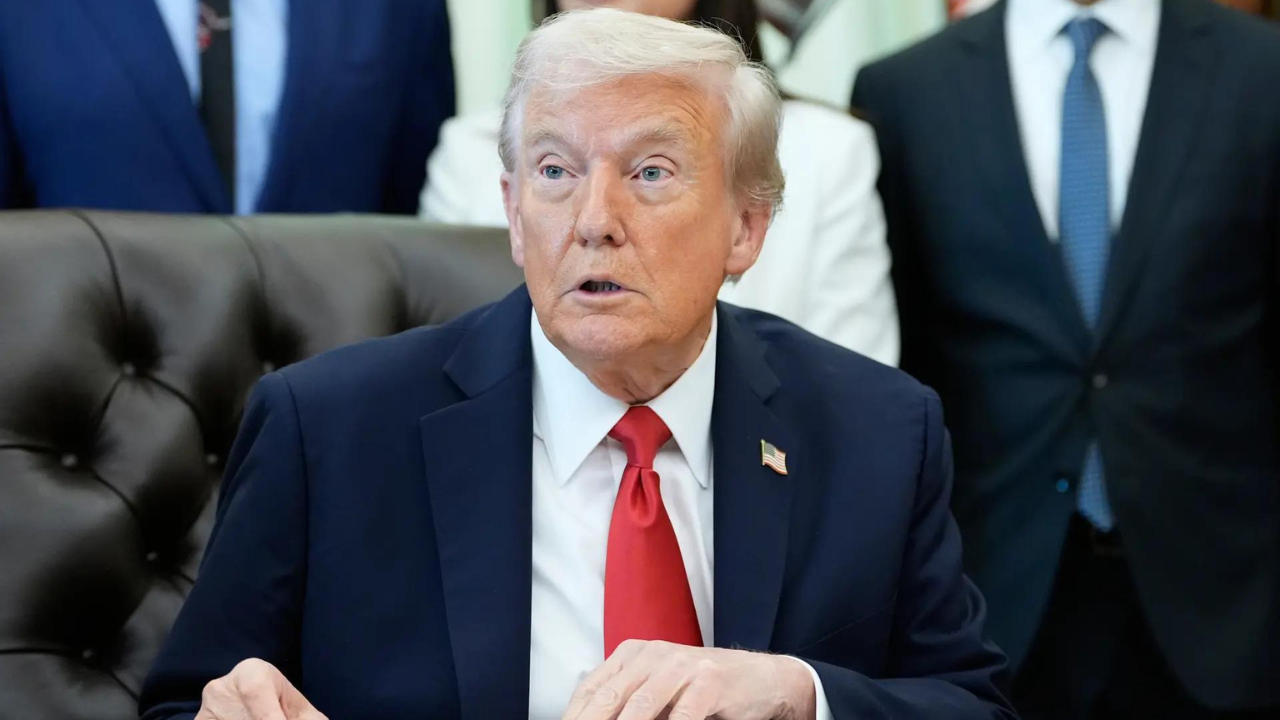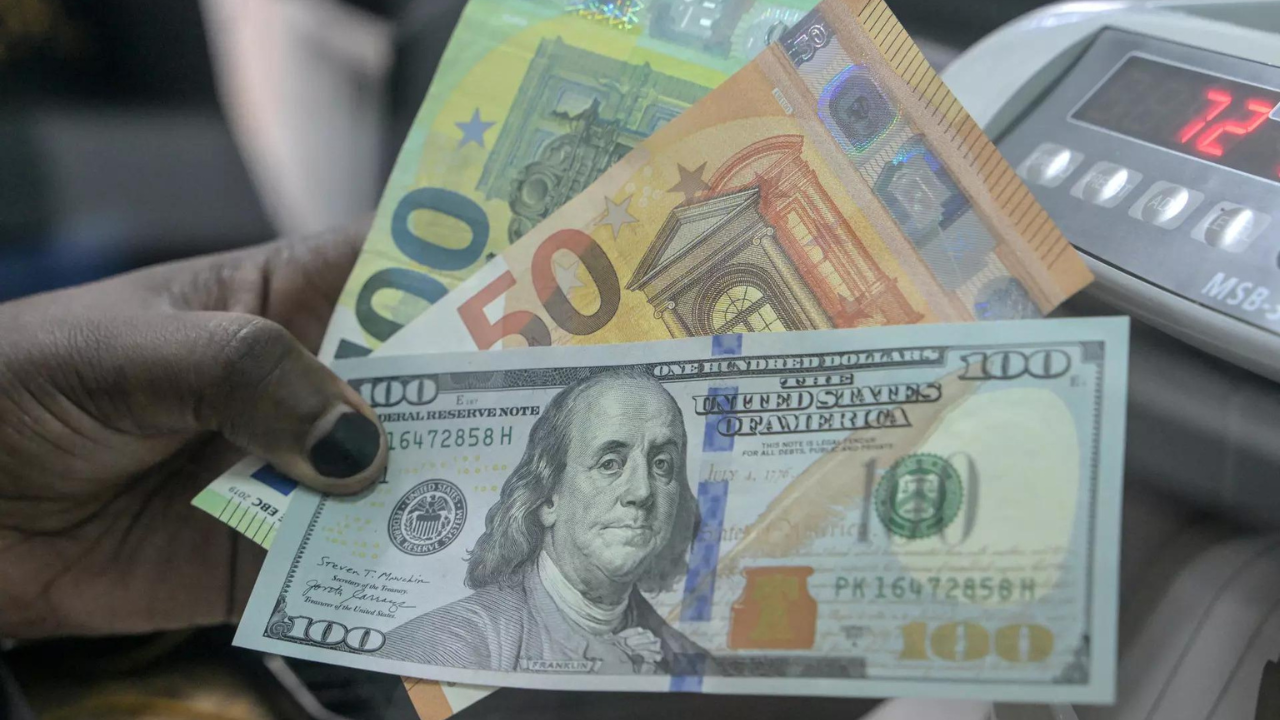Semicolons are becoming increasingly rare; their disappearance should be resisted

Join our WhatsApp Community to receive travel deals, free stays, and special offers!
- Join Now -
Join our WhatsApp Community to receive travel deals, free stays, and special offers!
- Join Now -

A recent study has found a 50 per cent decline in the use of semicolons over the last two decades. The decline accelerates a longterm trend:
In 1781, British literature featured a semicolon roughly every 90 words; by 2000, it had fallen to one every 205 words. Today, there’s just one semicolon for every 390 words.
Further research reported that 67 per cent of British students never or rarely use a semicolon; more than 50 per cent did not know how to use it. Just 11% of respondents described themselves as frequent users.
These findings may not be definitive. According to The Guardian, the Google Books Ngram Viewer database, which surveys novels and nonfiction, indicates that
semicolon use in English rose by 388 per cent between 1800 and 2006, before falling by 45 per cent over the next 11 years. In 2017, however, it started a gradual recovery, with a 27 per cent rise by 2022.
Yet when you put the punctuation mark itself into the database, rather than the word “semicolon”, you get a quite different result – one that looks very much like a steady decline.
Virulent detractors
The semicolon first appeared in 1494, so it has been around for a long time. So have arguments about it.
Its detractors can be quite virulent. It is sometimes taken as a sign of affected elitism. Adrian Mole, the pretentious...
Read more
What's Your Reaction?
 Like
0
Like
0
 Dislike
0
Dislike
0
 Love
0
Love
0
 Funny
0
Funny
0
 Angry
0
Angry
0
 Sad
0
Sad
0
 Wow
0
Wow
0























































